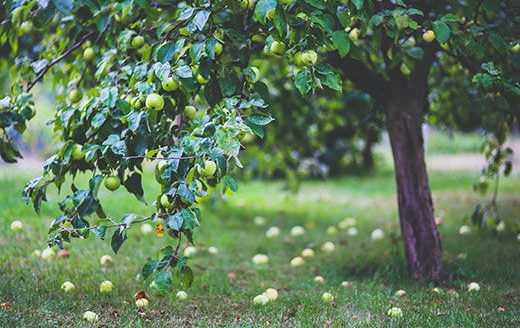Beginning composting? Kansas State University horticulture expert Ward Upham recommends using a bin to ensure a successful compost pile.
“A number of things are needed for building a compost pile, including a bin, a source of water, ‘green’ materials, and ‘brown’ materials,” Upham said.
Green materials include wet and fresh materials, such as grass clippings, food scraps, weeds, or manure. Brown materials include dry and usually dead material, such as fallen leaves, sawdust, newspaper, and wood chips.
A bin will help keep all the compost materials packed together and speed up the process, he said. By ensuring the pile is properly constructed, it will also ensure the compost pile generates enough heat to destroy pests and disease organisms.
Choosing the right compost bin is relatively simple. First, Upham says to ensure the size is adequate.
“Our goal is to have a bin that will hold at least a 3 X 3 X 3 foot high mound of material,” he said. “Anything less than this and the process will be slow and will not produce sufficient heat to kill insect and disease pests.”
For home gardeners, Upham said a 5 x 5 x 5 bin is the maximum size that could be easily handled.
Although compost bins can be purchased, they can just as easily be made or repurposed from another bin. Upham recommends a bin made of discarded pallets or a ring of woven wire.
Once a bin has been chosen or made, Upham suggests a three bin system. The system consists of one bin for holding materials until enough have been collected to make a complete compost pile; another for the actual composting process; and a third to hold finished compost.


